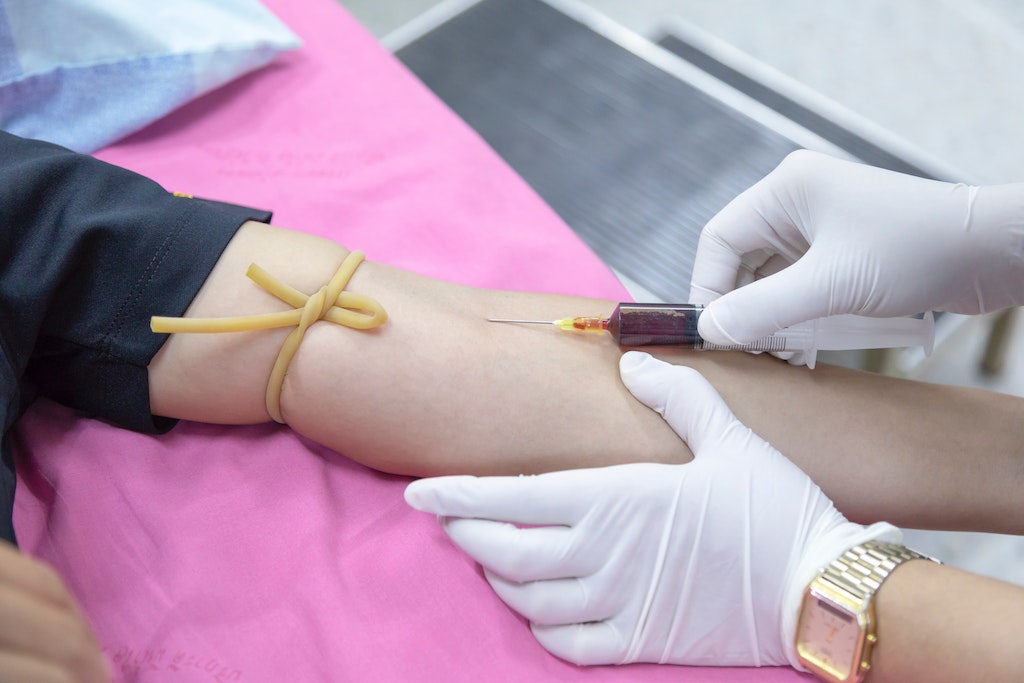This course provides learners with an understanding of bloodborne pathogens, common modes of transmission, methods of prevention, and what to do if an exposure occurs. Information presented will help minimize serious health risks to persons who may have personal exposure to blood and other potentially infectious materials in the workplace. The content in this course is designed to comply with the intent of the applicable regulatory requirements. The training requirements established under the Bloodborne Pathogen Standard require an employer to allow for an opportunity for interactive questions and answers with the person conducting the training session. Employers may use a variety of methods to meet the intent of the standard. As an example, OSHA has previously stated that an employer can meet OSHA’s requirement for trainees to have direct access to a qualified trainer by providing a telephone hotline. Learner objectives for this course are to identify bloodborne pathogens and symptoms of bloodborne diseases, identify modes of transition of bloodborne pathogens, recognize the proper use and handling of personal protective equipment, identify measures to be taken when the skin or eyes are exposed to infectious material, and specify the components of an Exposure Control Plan. This course was developed with subject matter support provided by EnSafe Inc., a global professional services company focusing on engineering, environment, health and safety, and information technology.
Bloodborne Pathogen Training
$95
Course Delivery: On Demand
Number of Participants: Unlimited
Duration: 60 Minutes
Language: English & Spanish Available
Digital Employee Progress Tracking: Yes
Course Objective: This interactive course will provide you with a basic understanding of bloodborne pathogens, common modes of transmission, methods of prevention, and what to do if an exposure occurs. Information presented will help minimize serious health risks to persons who may have personal exposure to blood and other potentially infectious materials in the workplace. The content in this course is designed to comply with the intent of the applicable regulatory requirements.
Course Completion: Completion certificate available for print or as a digital file for each employee who completes the course.
Questions? Contact Us.

